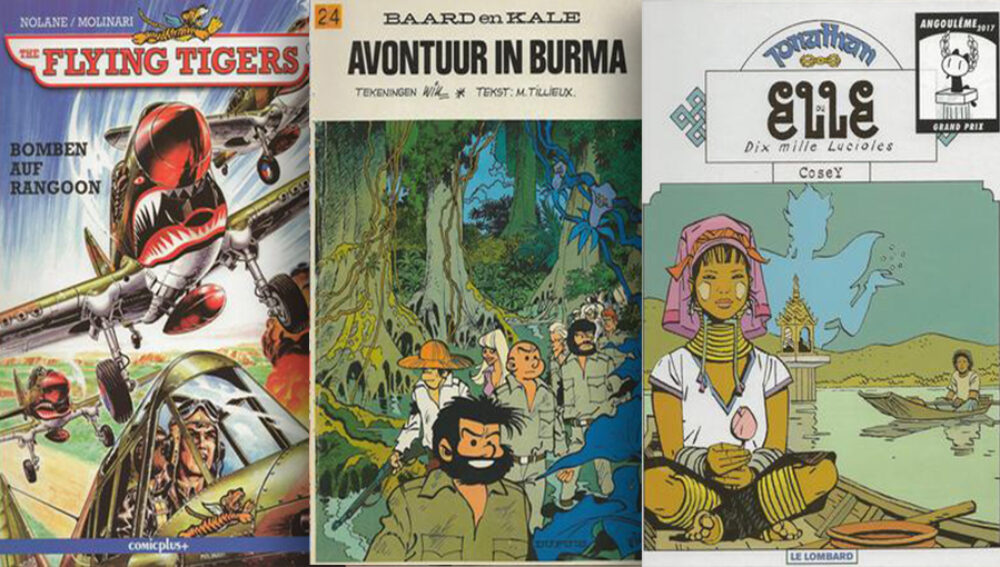Exotic climate, turbulent past an inspiration to comic writers
Before 1988, Myanmar (then known as Burma) did not feature prominently in comic strips, comic books and graphic novels. After the nationwide pro-democracy uprising that year, however, the situation suddenly changed. Assisted by the global campaign being waged against the military regime, Myanmar found a new place in popular culture.
These days, graphic novels in particular are influencing perceptions of the country and its government, by conveying images and views directly to an international audience.

Chantal Van den Heuvelal and Michel Pierret: “Aung San Suu Kyi: The Lady of Rangoon” (2013)
Graphic novels date back to the 1930s, but they were only recognized as a distinct genre of publication in the mid-1960s. The term ‘graphic novel’ was coined in 1964. These works are essentially collections of cartoon drawings that tell a continuous story. Initially reserved for works of fiction, the label now embraces fiction, nonfiction and anthologies. It is usually applied to original long form narratives, but the term has also been applied to bound collections of comic strips and comic books.
Over the past 30 years, Myanmar has featured in nearly two dozen graphic novels. Most have been produced in Europe, where there is a strong tradition of bandes dessinees (literally “drawn strips”). They have portrayed the country in different ways, but there have been a number of consistent themes. Most have been intended simply to entertain, but some have had a strong historical flavor, usually referencing World War II. More recent works have aimed to educate readers about contemporary developments in Myanmar, and have often conveyed strong political messages.
Please click here to read the full “Graphic novels chart Myanmar’s history” article in the Asian Review by Griffith Asia Institute Adjunct Associate Professor, Dr Andrew Selth.








